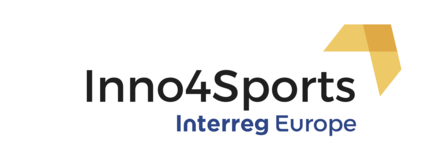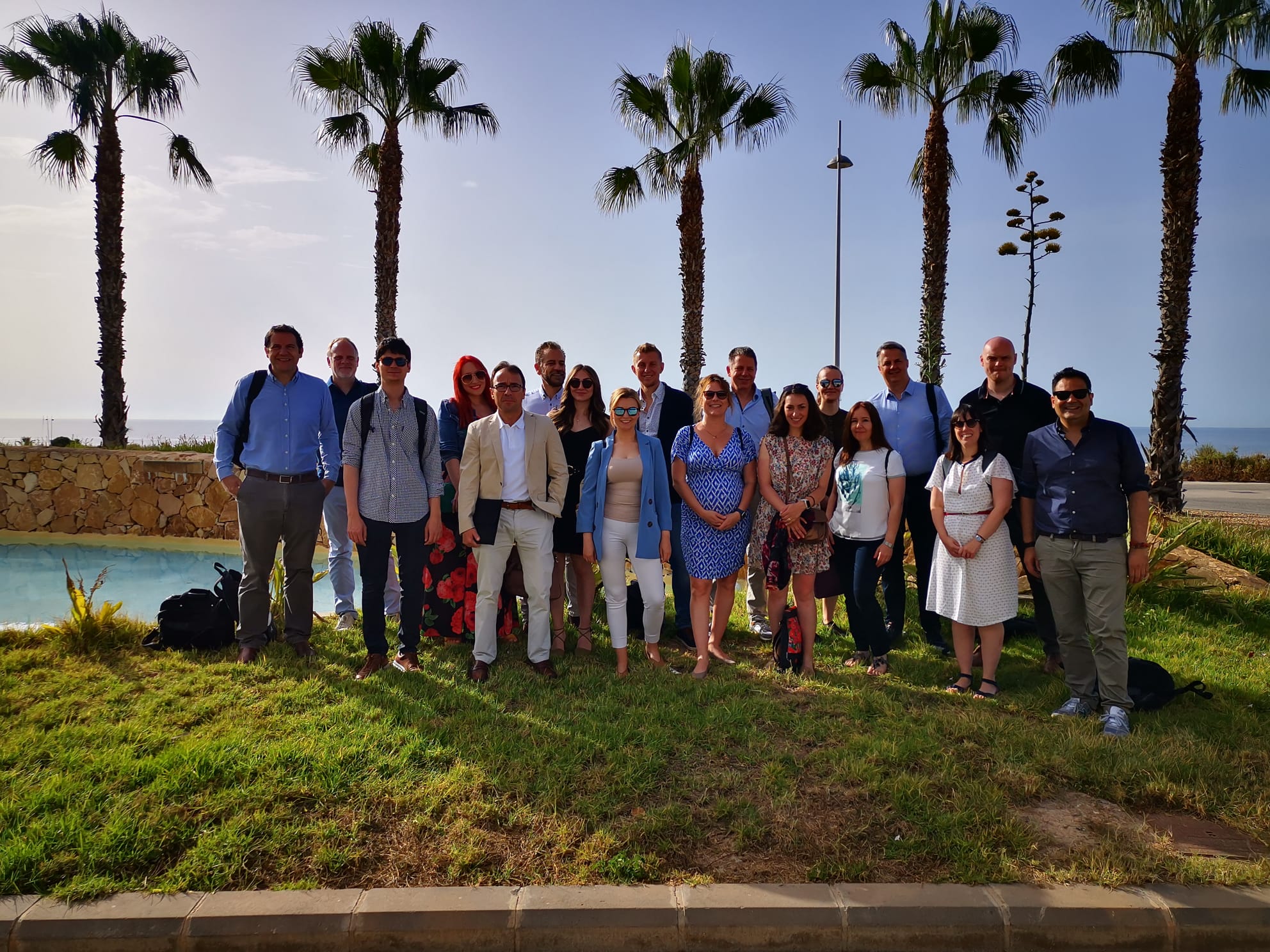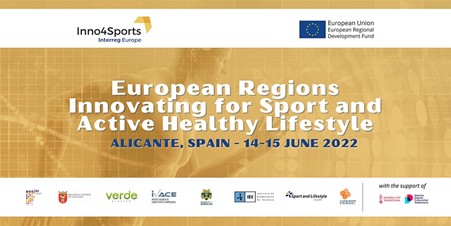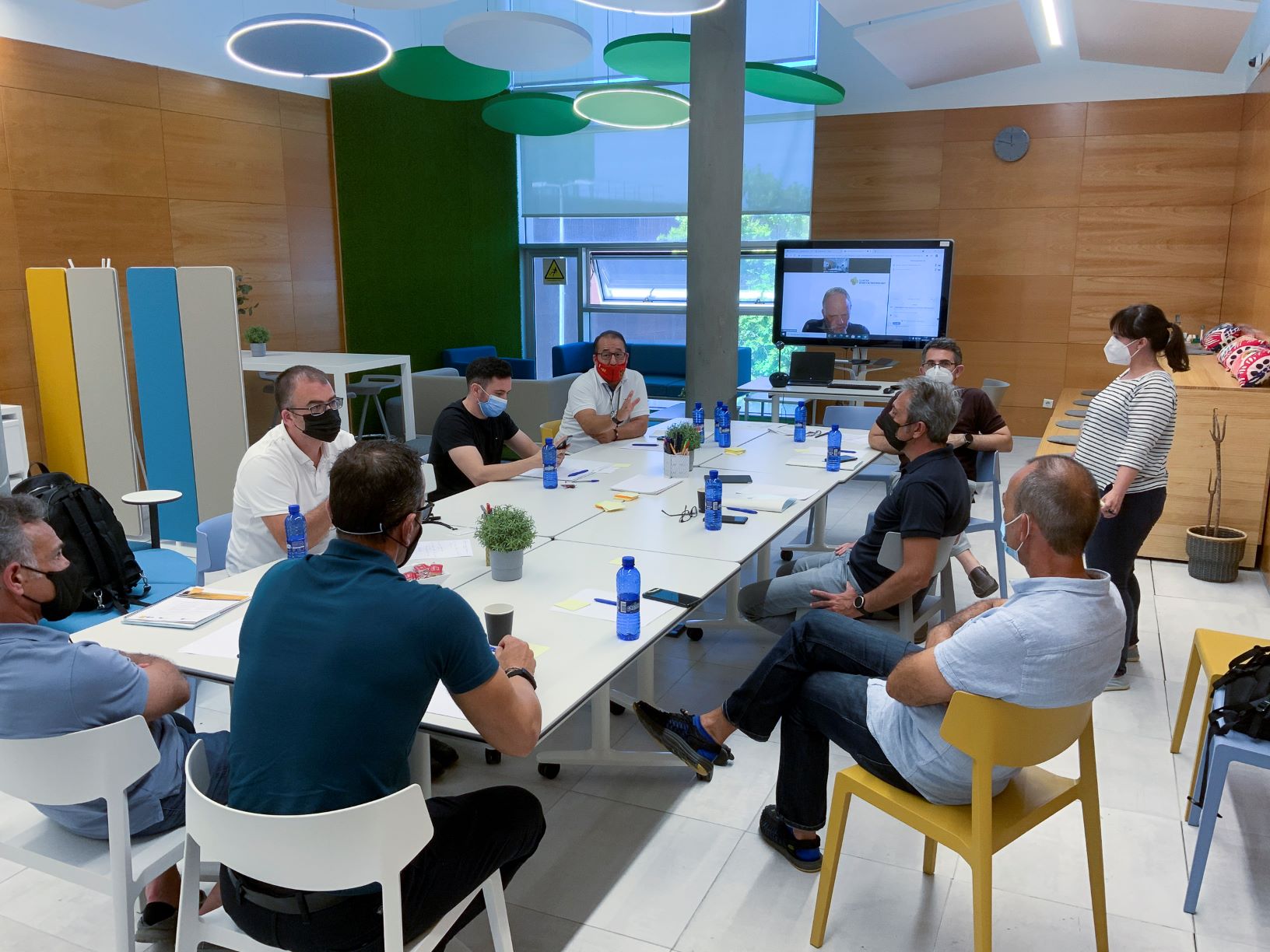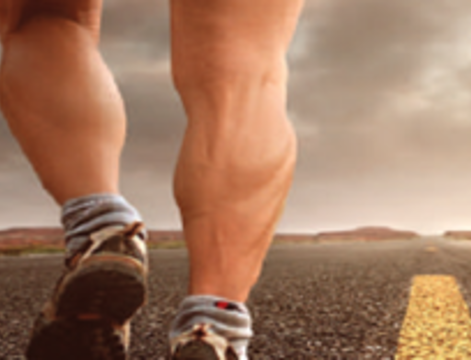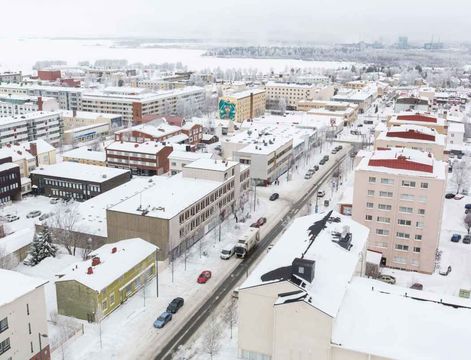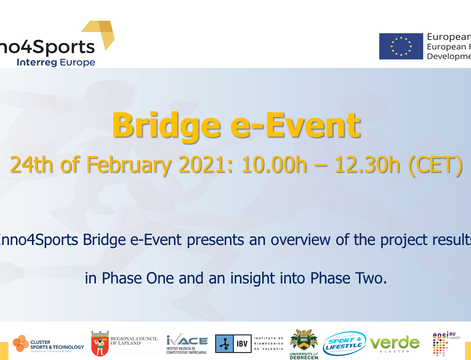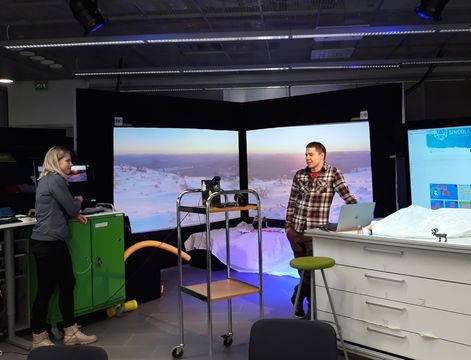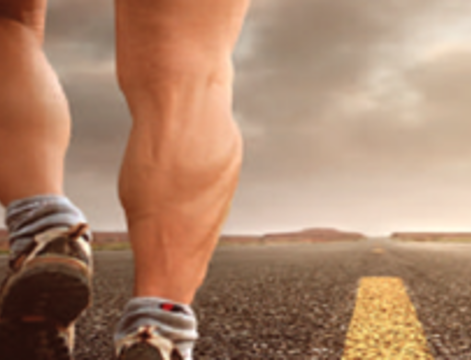Experts of Hungary and Valencia have been hosted by the Cluster Sports & Technology to learn about its ecosystem for sports and vitality in which innovation is very important.
Day 1 On the 27th of November the AAA-Lux for the meeting of an IPC (Innovation Performance Contract) project. This IPC is a funding program, and the Cluster Sports and Technology helped in total 10 pairs of SMEs to apply for the IPC grant and also coached the SMEs during the project. The project finishes in 2019 but some of the innovations already entered the market while some others will be developed in 2020. After a networking lunch, SMEs presented their innovations and the troubles they overcame. The following session, ‘Meet, Match and Multiply’ is a regular meeting of the BusinessClub of the Cluster Sports and Technology. The theme was internationalisation and lead by inspiring speakers: John van de Laar of Orange Sports Forum (OSF), Ruben Fokkema of Brainport Development and Eric Swennen of AAA-Lux, whom presented their organisations, their services and their experiences. Besides, the companies YOU.FO, Kanoslalom and Tracklete pitched about their internationalisation challenges, prior to the ‘Multiply’ part were the audience was able to multiply their knowledge informally. Enrique Alcantara from IBV said, ‘I learnt some interesting things about the ecosystem of sports innovation in Eindhoven. On the one hand the relevance of considering that the ecosystem goes beyond the regional/national environment and internationalization has to be part of it. Also, I established interesting contacts with startups’.
Day 2 On day 2 project partners and invitees met at the High Tech Campus in Eindhoven. The theme of the presentations and worksessions was ‘Approaches for smart vital urban environments’, accordingly Marc van der Zande presented the Vitality Living Lab, which aims to get people more active with the help of innovation and technology, whilst other organisations gave a presentation. René Sielhorst, CEO of Its My Life en Fitcoin® Health Communities, which through his app Sielhorst promotes a healthy lifestyle via the Fitcoin - virtual currency – as the coins can be used to buy curtain products and services. The next presentation was about a Living Lab that’s created in a popular and busy entertainment area of Einhdoven, called Stratumseind, where with help of new technology the city is now able to track all these people and notice precarious situations based on sound and movement. The same technology could be applied to sports events for crowd management. Whereas in Antwerpen, Wearables via the project City of Things collect data from citizens to measure their stress level and to improve their health. Whereas, the organisation London Sports aims to get more people active by taking away barriers and the exchange of data”, explained Tim Copley, Director of Insight, Technology and Performance. Also, IBV presented its Data Innovation Hub which collect information to find answers to questions about what motivates citizens to exercise more.
Day 3 On day three, the InnoSportLab de Tongelreep was visited also by six other Hungarian experts (from University of Debrecen, Debrecen Sports Centre and Hungarian Diver Federation) who joined the visit to learn about the Dutch example and to use the knowledge in Debrecen and establish new cooperation possibilities whilst providing very good examples to demonstrate that for success trainers and scientists have to work together. Furthermore, the Sport & Beweeg! lab, which turn public spaces into sport infrastructure using innovative digital solutions to attract more inhabitants into sport activities and how this is supported by the city, and also in cooperation with the university. Hence, the main lessons learned were that cooperation at different levels is needed to step forward. Cooperation possibilities merged in top athletes training and new equipment installation; based on this experience the introduction of new methods in swimming training in Debrecen are possible. Also, expert exchange programmes would be great to achieve and in the near future initiation of a common research programme is possible.
